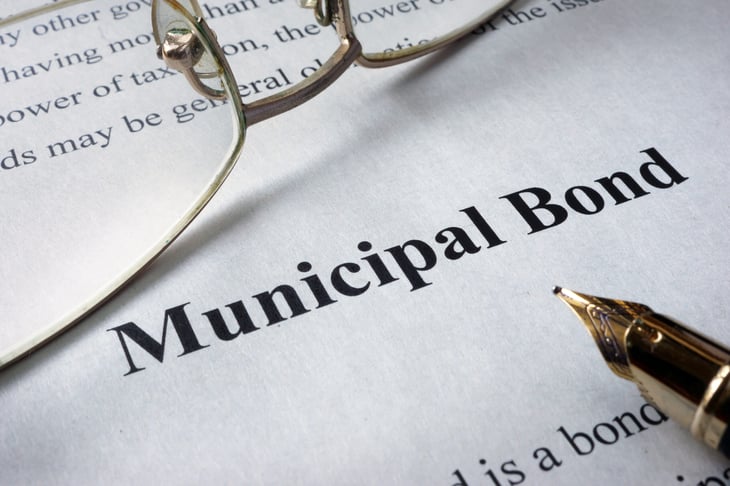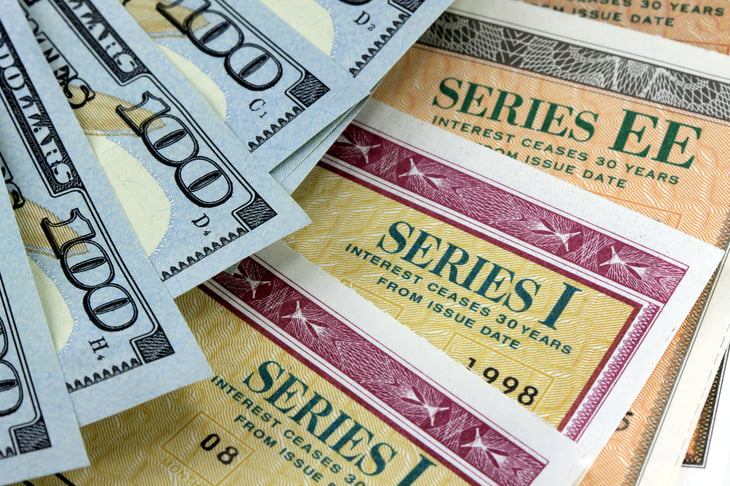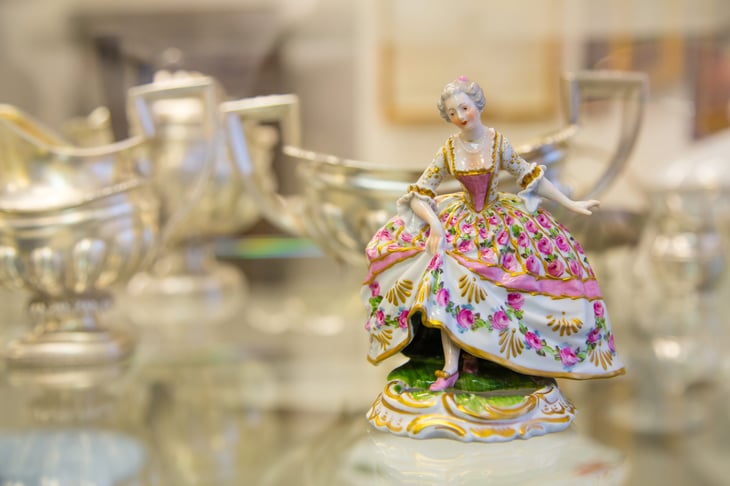
Trying to decide where to put your cash to work on your behalf is always a daunting task.
Many people recommend stocks. But as we have seen in recent years, the stock market goes through soaring highs and plunging lows. Some of us just aren’t comfortable with that.
Depending on your interests, portfolio goals and risk tolerance, there are other investments that could potentially provide you with a return. Here are some of the best ways to invest that don’t involve stocks.
1. Real estate

You can invest in real estate by purchasing a property or by investing in a real estate investment trust (REIT).
If you have the capital or can get a loan, buying a property and renting it out can be one way to receive regular cash flow and take advantage of potential appreciation. If you don’t want to be a landlord, REITs allow you real estate exposure without the hassles that come with managing a property.
Finally, there are platforms like Fundrise that allow you to invest in real estate projects with a relatively small amount of money.
2. Peer-to-peer lending

Another way to invest is to lend money to those who need it through peer-to-peer (P2P) lending. You can lend out your capital to others with other platforms like Peerform and Prosper.
P2P lending comes with the promise of higher returns than might be earned elsewhere. However, be aware that the risk may be greater, too, and borrowers may be those with lower credit scores who don’t qualify for conventional loans.
3. Municipal bonds

Many investors like municipal bonds — issued through state and local governments — because the interest received generally isn’t taxed at the federal level. This can provide a stream of income for some investors. However, it’s important to note that it can still increase taxes on your Social Security benefits, as nontaxable interest is considered part of your combined income.
You can buy municipal bonds directly using a broker or a self-managed investment account. It’s also possible to find bond mutual funds and exchange-traded funds (ETFs) that focus on municipal bonds.
If you want more geographic diversity, you can get bonds from around the world, including emerging market bonds. These are also often available through mutual funds and ETFs.
4. Treasury bonds

If you want a relatively safe investment backed by the U.S. government, Treasury bonds are an option. You can purchase them at TreasuryDirect, deciding which maturities to get and which face values to choose.
For those concerned about inflation, Treasury Inflation Protected Securities (TIPS) are also available. These investments adjust regularly, keeping up with the inflation rate so you don’t end up losing out to rising prices.
In addition to buying bonds through the Treasury Department, it’s also possible to find index funds and index ETFs that focus on bonds, including TIPS. You can also buy Treasury bonds through your brokerage account in many cases.
5. Cryptocurrency

For those who don’t mind a little speculation, it’s possible to earn a return on cryptocurrencies like Bitcoin, Ethereum and Litecoin. There are also lesser-known (and cheaper) tokens that can provide you with a chance to find the next big thing. It’s relatively easy to purchase crypto using an exchange like Coinbase or Gemini. These exchanges even provide you with a digital wallet to keep and manage your tokens.
Realize, though, that crypto is volatile and prices fluctuate daily, so seeing consistent returns can be difficult. However, if you have some extra cash and you don’t mind speculating, it can be a way to see some returns.
6. Art and other collectibles

You can also invest in art and other collectibles. The first three quarters of 2022 have been a disaster for traditional investors. With raging inflation and geopolitical conflict, this has been the worst year for stocks in at least 50 years. Experts from Bank of America to Blackrock agree: the 60-40 asset allocation model is outdated.
With equity forecasts at historic lows, top portfolio managers are turning to alternative assets like fine art to potentially enhance returns. Fine art is a $1.7 trillion-dollar asset class that’s outpaced the S&P 500 by 131% over the last 26 years.
It’s easy to see why the art market has stood firm during market crashes. According to a recent Citi study, contemporary art holds a near-zero correlation to traditional equities. This unique quality makes art investment a sturdy hedge against inflation and stock market swings.
In fact, the last time inflation was at its current levels, art prices appreciated at an average annual rate of 33%, according to the MW All Art Index.
Historically, only billionaires could join this booming market. But thanks to Masterworks everyday investors can invest in art by household names like Picasso, Basquiat, and Banksy.
Also check out Rally, where you can purchase shares in valuable artwork and even classic cars and expensive sneakers. For those who are interested in wine but don’t have the means to store and properly manage their bottles, Vinovest offers a chance to invest. Plus, with Vinovest, you can decide to have your investment shipped to you — so you can actually drink it.
7. Paying off debt

Finally, if you have cash sitting around, you could invest in yourself by paying off some of your debts, especially the high-interest ones. As Money Talks News founder Stacy Johnson has put it a million times, paying off debt with a 15% interest rate is like earning a 15% return, risk-free. Where else are you going to get returns like that?





Add a Comment
Our Policy: We welcome relevant and respectful comments in order to foster healthy and informative discussions. All other comments may be removed. Comments with links are automatically held for moderation.